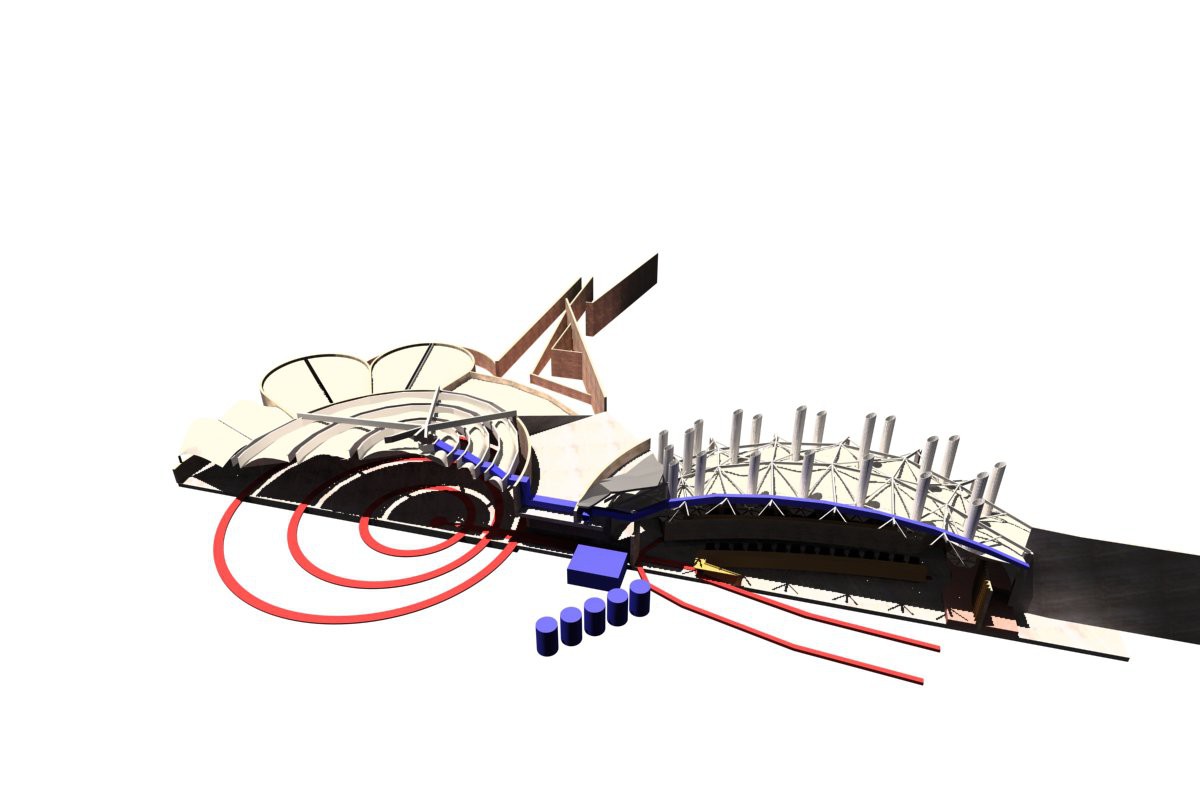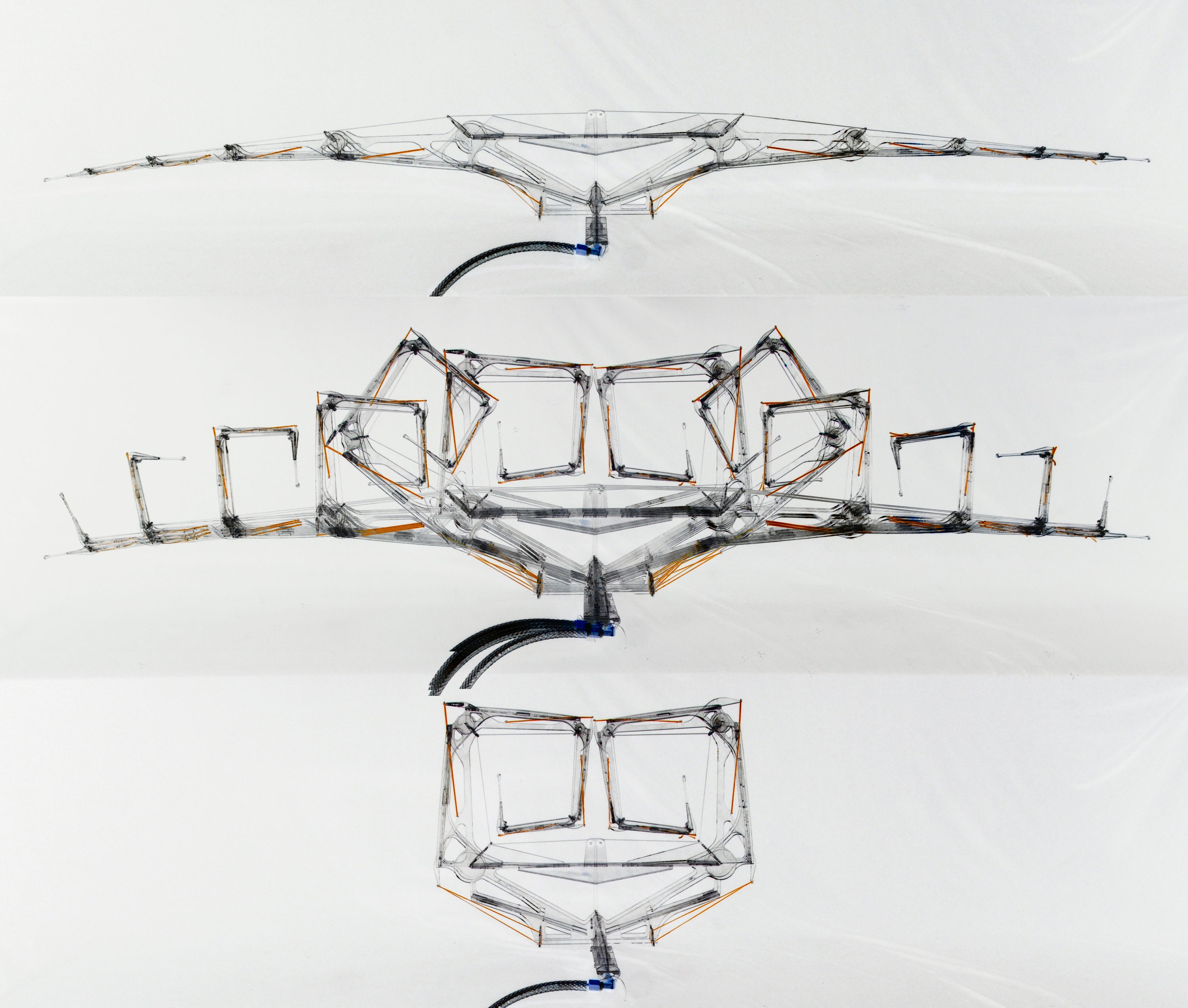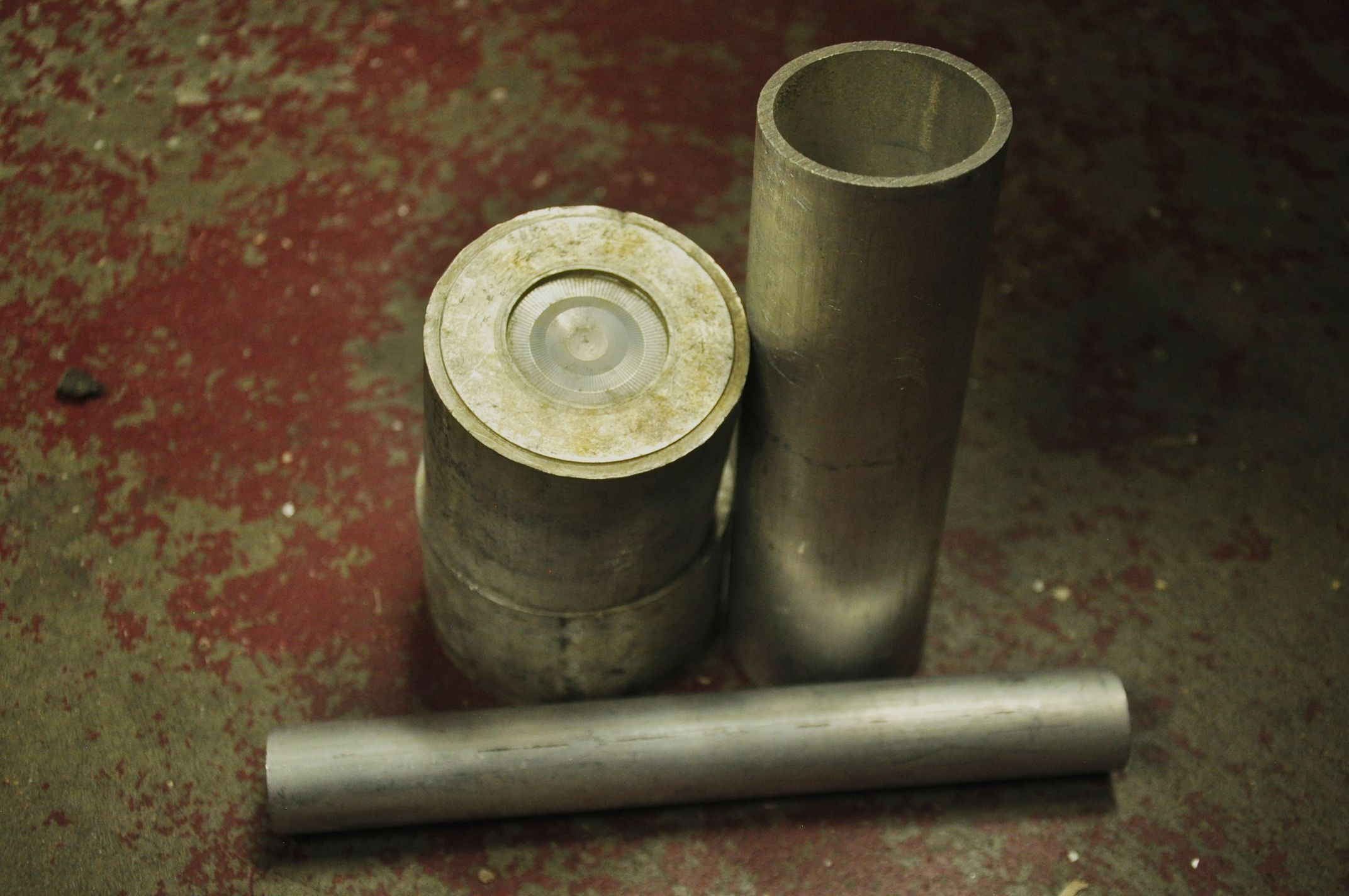Thermal actuators use the change in volume that occurs when a Phase Change Material (PCM) changes phase between solid and liquid. Traditional thermal actuators require a membrane to contain the material in liquid phase. Fluid Displacement Thermal Actuators (FDTAs) use a hydraulic fluid that is insoluble with the phase change material to transfer the PCM volume displacement to hydraulic mechanisms. Basically, as the PCM melts, it expands and creates hydraulic force.
Thermal actuators are generally inefficient, but extraordinarily reliable. This inefficiency can be overlooked when the thermal actuator is powered by waste or ambient heat. They are often used as a thermal feedback mechanisms, such as the wax thermostat found in many water cooled engines. Environmental control systems can be created where a thermal actuator reacts to the environment, such as a shade device that deploys when ambient temperature rises above the melting temperature of the PCM.
One advantage of FDTAs over traditional thermal actuators is that they essentially have no limit to the amount of force or displacement generated, allowing for thermally reactive mechanisms on practically any scale. FDTAs can be designed with no moving parts, allowing for extraordinarily high reliability.
 Andrew Benson
Andrew Benson

 For the next iteration of the design, I decided to machine a basic FDTA out of Aluminum. Previous versions of the device have been made out of glass or acrylic to allow visual inspection of the PCM. Now that I have experience with machining Aluminum, I can explore higher pressures than were possible with glass. I designed this actuator around some scraps I had in my shop, with a usable stroke of approximately 40mm.
For the next iteration of the design, I decided to machine a basic FDTA out of Aluminum. Previous versions of the device have been made out of glass or acrylic to allow visual inspection of the PCM. Now that I have experience with machining Aluminum, I can explore higher pressures than were possible with glass. I designed this actuator around some scraps I had in my shop, with a usable stroke of approximately 40mm.

